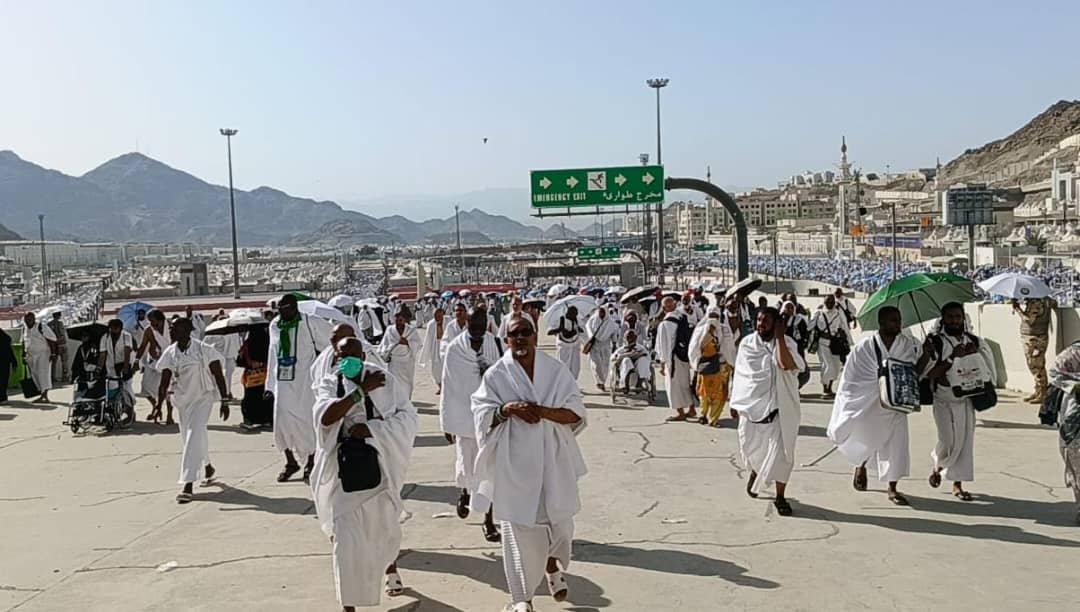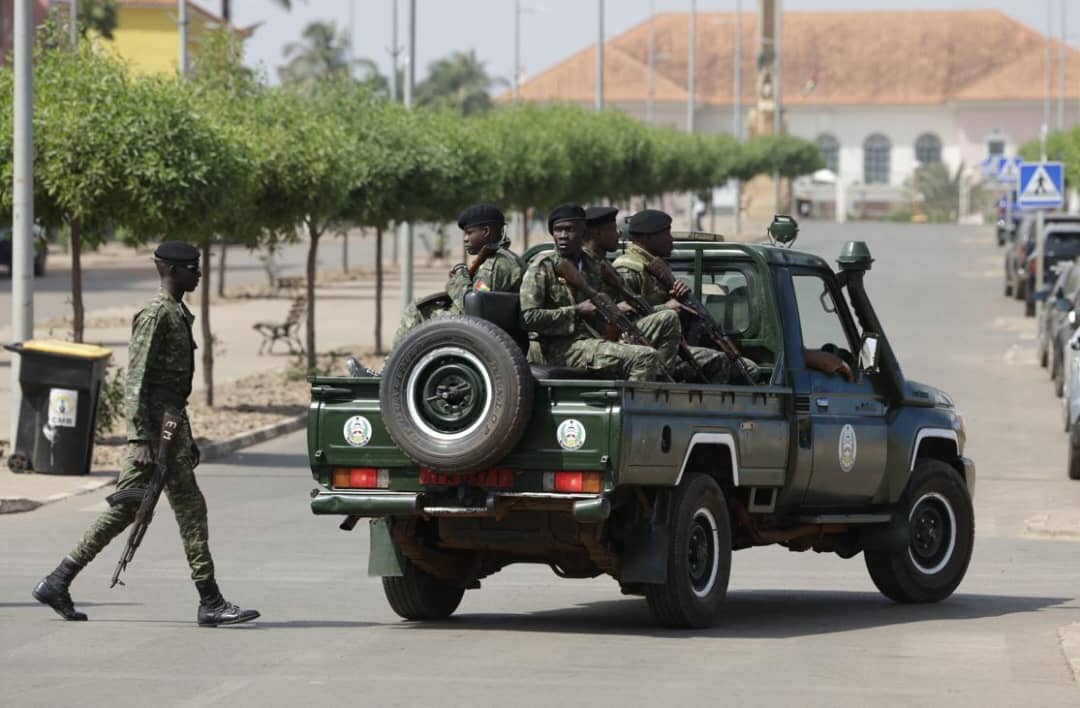A massive tide of white-clad pilgrims flowed into Jamarat, in the vicinity of Mina early Friday morning as the symbolic rite of Ramy al-Jamarat, the stoning of the devil, began in earnest.
This marks a key stage in the annual Hajj pilgrimage, following the spiritually significant Day of Arafat and an overnight stay at Muzdalifa.
The ritual of pelting the devil, a powerful symbol of defiance against evil, is performed at the Jamarat complex, where three stone pillars represent the points where Prophet Ibrahim (AS) is believed to have resisted Satan’s attempts to dissuade him from fulfilling Allah’s command.
Each year, millions of Muslims from across the world replicate this act, throwing pebbles to reenact that moment of unwavering faith.
But before reaching Mina for the stoning, pilgrims passed through two deeply significant spiritual milestones: the standing at Arafat and the night at Muzdalifa, both essential components of a valid Hajj.
Arafat: The Pinnacle of Hajj
On Tuesday, the 9th of Dhul-Hijjah, pilgrims converged on the plains of Arafat, roughly 20 kilometers east of Mecca, in what is considered the climax of Hajj. The Prophet Muhammad (SAW) is reported to have said, “Hajj is Arafat”, underscoring the centrality of this ritual.
Under a blazing sun, pilgrims stood in prayer, reflection, and supplication from midday until sunset. The gathering on Arafat represents a moment of profound humility and submission before Allah. For many, it is a life-defining moment and a chance to seek forgiveness, make heartfelt duas, and renew their commitment to faith.
Muzdalifa: A Night of Stillness and Preparation
As the sun set on Arafat, pilgrims made their way under the fading light to Muzdalifa, an open plain nestled between Arafat and Mina. There, they spent the night under the stars, offering prayers and collecting pebbles to be used for the stoning ritual the next day.
Nigerian pilgrims fully participated in these acts.
Muzdalifa is both practical and spiritual. It serves as a logistical stop where pilgrims prepare physically by resting and collecting stones, and spiritually by engaging in quiet worship and remembrance of Allah. The experience of sleeping on open ground, shoulder to shoulder with fellow believers, reinforces the Hajj’s themes of unity, equality, and humility.
By dawn on Friday, the 10th of Dhul-Hijjah also known as Yawm al-Nahr or the Day of Sacrifice – pilgrims left Muzdalifa for Mina to perform the first stoning ritual at Jamarat al-Aqaba, the largest of the three pillars.
The ritual at Jamarat began with each pilgrim throwing seven small pebbles, one at a time, at the Jamarat al-Aqaba while declaring “Allahu Akbar” (God is Greatest). This action symbolizes the believer’s rejection of evil and reaffirmation of faith, mirroring Prophet Ibrahim’s defiance of Shaytan.
Following the initial pelting, pilgrims proceed to offer an animal sacrifice known as Qurbani in commemoration of Ibrahim’s willingness to sacrifice his son in obedience to Allah’s command. Men then shave or trim their hair, while women snip a small portion, signifying a physical and spiritual renewal. These acts allow the pilgrim to exit the state of Ihram (ritual consecration) partially.
In the days that follow, the 11th, 12th, and optionally the 13th of Dhul-Hijjah, known as Ayyam al-Tashreeq – pilgrims return to the Jamarat complex daily to stone all three pillars: Jamarat al-Sughra (small), Jamarat al-Wusta (middle), and Jamarat al-Aqaba (large). Each receives seven pebbles, totaling 21 per day.
The stoning must follow a specific sequence: from the smallest to the largest. Pilgrims pause to make supplications after the first two stonings, but not after the last. Over the course of three days, the total number of pebbles thrown can reach 70, depending on whether the pilgrim stays for the 13th.
Daily Trust reports that Saudi authorities, well-experienced in crowd management, have once again deployed thousands of security personnel, health workers, and volunteers to ensure the safety and orderly movement of the pilgrims. The multi-level Jamarat bridge complex has greatly reduced congestion and improved safety in recent years.
Helicopters were seen hovering around, aid workers directing pilgrims to safer routes while the elderly and those with challenges being pushed on wheel chairs.
The Hajj, one of the five pillars of Islam, is a journey of immense spiritual significance. Every stage, from the intense supplication at Arafat to the quiet reflection at Muzdalifa and the symbolic defiance at Mina, is designed to purify the soul and bring the pilgrim closer to Allah.
As the pilgrims complete the stoning rituals and begin preparations for Tawaf al-Ifadah – the circumambulation of the Kaaba – the spiritual climax of their journey nears.
WARNING: If You Are Not 18+, Don’t Click The Link Below 👇🫣
https://disloyalmoviesfavor.com/m3e85u39j?key=f0014e9d9438d5115e4d66e73ca3f04b
https://poawooptugroo.com/4/8902554
Please don’t forget to “Allow the notification” so you will be the first to get our gist when we publish it.
Drop your comment in the section below, and don’t forget to share the post.
Never Miss A Single News Or Gist, Kindly Join Us On WhatsApp Channel:
https://whatsapp.com/channel/0029Vad8g81Eawdsio6INn3B
Telegram Channel:
https://t.me/gistsmateNG










